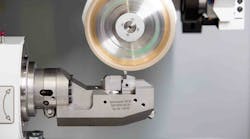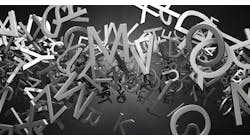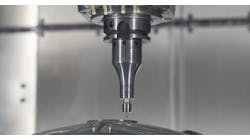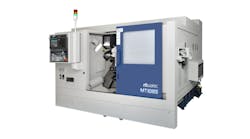European machine-tool demand continued to grow in the final weeks of 2017, as indicated now in the annual close-out reports from the trade associations representing two of the largest domestic industries in the region.
“The year’s second half saw a breakthrough on the domestic market,” according to German Machine Tool Builders’ Assn. (VDW) executive director Dr. Wilfried Schäfer. “While domestic orders were still falling by double-figure rates in the year’s first half, the German industrial sector in the year’s second half threw off its caution and opted for massive investment.”
Notably, German machine-tool builders continued to record high demand in the months after EMO Hannover 2017 concluded in September: October orders were up 41% year-over-year, November +67% in November, and December +37%.
Full-year results for VDW were up 4% for 2017, representing a 12-month order value of €15.7 billion, or about $19.25 billion.
VDW attributed the rise in new orders to economic growth worldwide, with industrial capital investment rising and driving demand for machine tools. “So, the customer sectors are confident of lucrative business, and are upsizing their capacities,” Schäfer explained. “This is benefiting all technologies in the machine tool industry.”
Similarly strong results were reported by the Italian machine-tool builders’ association, UCIMU-Sistemi per Produrre. It posted a 21.5% year-over-year increase in Q4 orders, with particularly strong results from the Italian manufacturing sector. Domestic new-orders for machine tools were up 86.2%, UCIMU noted, while foreign orders rose 6.2%.
“The trend of the order collection in 2017 highlights two phenomena that are highly positive for the manufacturing industry,” observed UCIMU president Massimo Carboniero. “On one hand, the index evidences the recovery of foreign orders, which, on the contrary, had been unsatisfactory in 2016; on the other hand, it reports the excellent performance of investments in the manufacturing systems in our country, where users increasingly acquired state-of-the-art technology for their companies during 2017.”







